Lesson Progress
0% Complete
Techniques for Clear and Concise Speaking
Clarity:
- Articulation: Speak clearly and at a moderate pace. Avoid using complex terms or ambiguous language that could confuse the listener.
- Example: When explaining a technical process to a non-expert, use straightforward language and concrete examples to make the concept easier to understand.
- Straightforward Language: Use simple and direct language to avoid misunderstandings and ensure that your message is easily comprehensible.
- Example: Instead of saying, “We need to synergize our efforts for enhanced productivity,” say, “We need to work together to improve our productivity.”
Conciseness:
- Avoid Jargon: Eliminate unnecessary jargon and technical terms that may not be understood by the audience. Focus on essential information.
- Example: When providing project updates, use brief bullet points instead of long paragraphs to keep the message clear and to the point.
- Be Direct: State your main points upfront and avoid lengthy explanations.
- Example: In a meeting, start with the key update, then provide additional details if necessary.
Public Speaking and Presentation Skills
Presentation Techniques:
- The Three Ps: Prepare, Practice, Present:
- Prepare: Gather and organize your content. Create visual aids if necessary and plan your speech structure.
- Practice: Rehearse your presentation multiple times to build confidence and ensure smooth delivery.
- Present: Deliver your presentation with poise, making eye contact and engaging with the audience.
Tools:
- PowerPoint/Prezi: Use these tools to create visual aids that enhance your presentation. Visuals can help illustrate key points and keep the audience engaged.
- Example: Use graphs and charts in PowerPoint to display financial data during a business presentation.
- Recording Devices: Record yourself to review and improve your delivery. This helps identify areas for improvement and build confidence.
- Example: Record your rehearsal sessions to analyze your body language and speech delivery.
Persuasive Communication and Storytelling
Persuasion Techniques:
- Ethos, Pathos, Logos:
- Ethos: Establish credibility and authority on the topic. Demonstrate your expertise and experience. Example: Share your relevant qualifications and past achievements during a pitch to build trust with the audience.
- Pathos: Appeal to the audience’s emotions to create a connection and persuade them. Use stories or examples that resonate emotionally. Example: Share a personal success story related to the product or service to evoke an emotional response from potential clients.
- Logos: Use logical arguments and evidence to support your message. Present data, facts, and logical reasoning. Example: Provide statistics and case studies to support your proposal during a business meeting.
Storytelling:
- Crafting Compelling Narratives: Use storytelling to make your message more relatable and engaging. Develop a narrative that highlights key points and captures the audience’s interest.
- Example: In a sales presentation, share a customer success story that demonstrates how your product solved a significant problem.

Responses